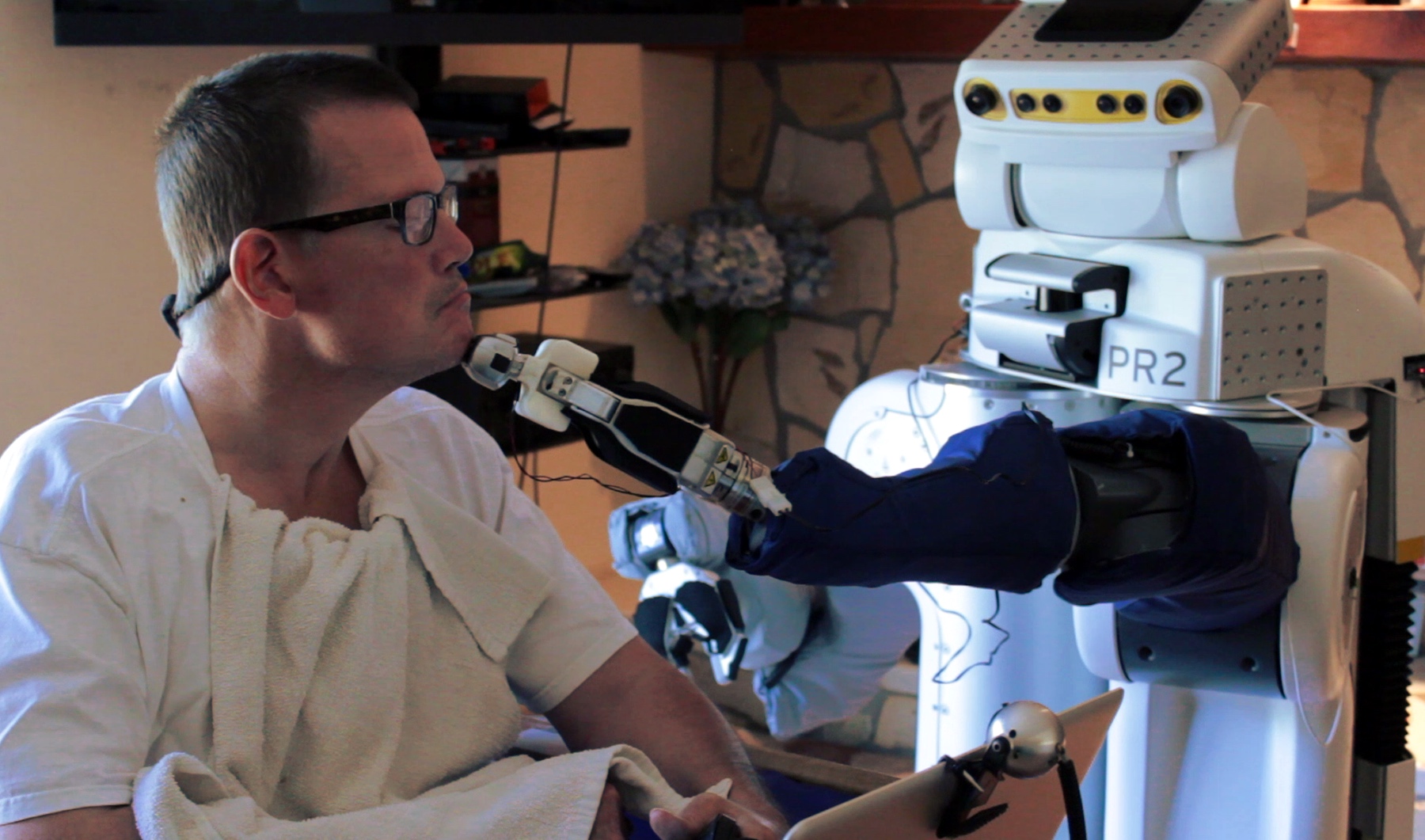Introduction
In recent years, robotics has made remarkable strides in transforming the lives of people with disabilities. These technological marvels are no longer confined to science fiction; they are now a reality that is revolutionizing the field of accessibility. From assisting with daily tasks to providing newfound independence, robotics is opening up a world of possibilities for individuals with disabilities. In this blog post, we will explore how robotics is changing the game for people with disabilities, making their lives easier, more fulfilling, and full of opportunities.
The Power of Assistive Robotics
Assistive robotics refers to a broad category of robots designed to help people with disabilities by augmenting their abilities or providing essential support in various aspects of life. Here, we’ll delve into some remarkable ways these robots are making a difference:
Mobility Assistance:
One of the most significant challenges for individuals with mobility impairments is getting around independently. Robotic mobility aids such as powered wheelchairs and exoskeletons have the potential to transform lives. These devices use advanced sensors and AI algorithms to navigate obstacles and provide a newfound sense of freedom for users.
Imagine the joy of someone who can’t walk independently being able to stand up and walk with the help of a wearable robotic exoskeleton. This is a reality today, thanks to the advancements in robotics.
Communication Aids:
Tags: Communication, Robotics, Accessibility, Disabilities
For individuals with communication disorders or conditions like ALS, robotics has brought about groundbreaking solutions. Speech-generating devices and communication boards have been enhanced by AI and robotics to provide individuals with a voice. These devices enable people to express their thoughts and emotions, fostering independence and improving their overall quality of life.
Stephen Hawking, the renowned physicist with ALS, famously used a speech-generating device that incorporated robotic technology to communicate. His work and advocacy highlighted the potential of these devices in empowering individuals with disabilities.
Home and Daily Living Support:
Tags: Daily Living, Robotics, Accessibility, Disabilities
Simple tasks like opening doors, preparing meals, or even turning on lights can be daunting for individuals with certain disabilities. Robotic assistants designed for home use can take over these tasks, allowing users to maintain their independence. Smart home systems integrated with robotics enable voice-activated controls and automated routines that adapt to the specific needs of the user.
These systems are a game-changer for people with limited mobility, as they reduce the reliance on caregivers and provide a sense of autonomy.
Education and Employment:
Tags: Education, Employment, Robotics, Accessibility
Robotics is also influencing education and employment opportunities for individuals with disabilities. Robots can assist students with disabilities in the classroom, providing personalized support and accommodations. They can also be used in vocational settings, enabling individuals with disabilities to engage in meaningful work.
The inclusion of robotics in education and the workplace not only enhances accessibility but also promotes diversity and inclusivity.
Challenges and Future Prospects
While the potential of robotics in enhancing accessibility is vast, there are challenges to overcome. Cost, availability, and the need for ongoing support and updates are significant factors. Moreover, ensuring that these technologies are designed with a user-centric approach is crucial to their success.
The future of robotics in accessibility holds immense promise. As technology continues to advance, we can expect more innovative solutions to emerge. This includes more affordable and user-friendly devices, improved AI algorithms for better interaction, and increased integration with other assistive technologies.
Conclusion
Robotics is transforming the lives of people with disabilities, ushering in a new era of accessibility and empowerment. From mobility aids to communication devices, these robotic innovations are breaking down barriers and opening doors to a brighter future for individuals with disabilities. As we move forward, it’s essential to continue investing in research and development to ensure that these technologies reach and benefit everyone who needs them. By doing so, we can create a more inclusive and equitable society where everyone has the opportunity to thrive.



